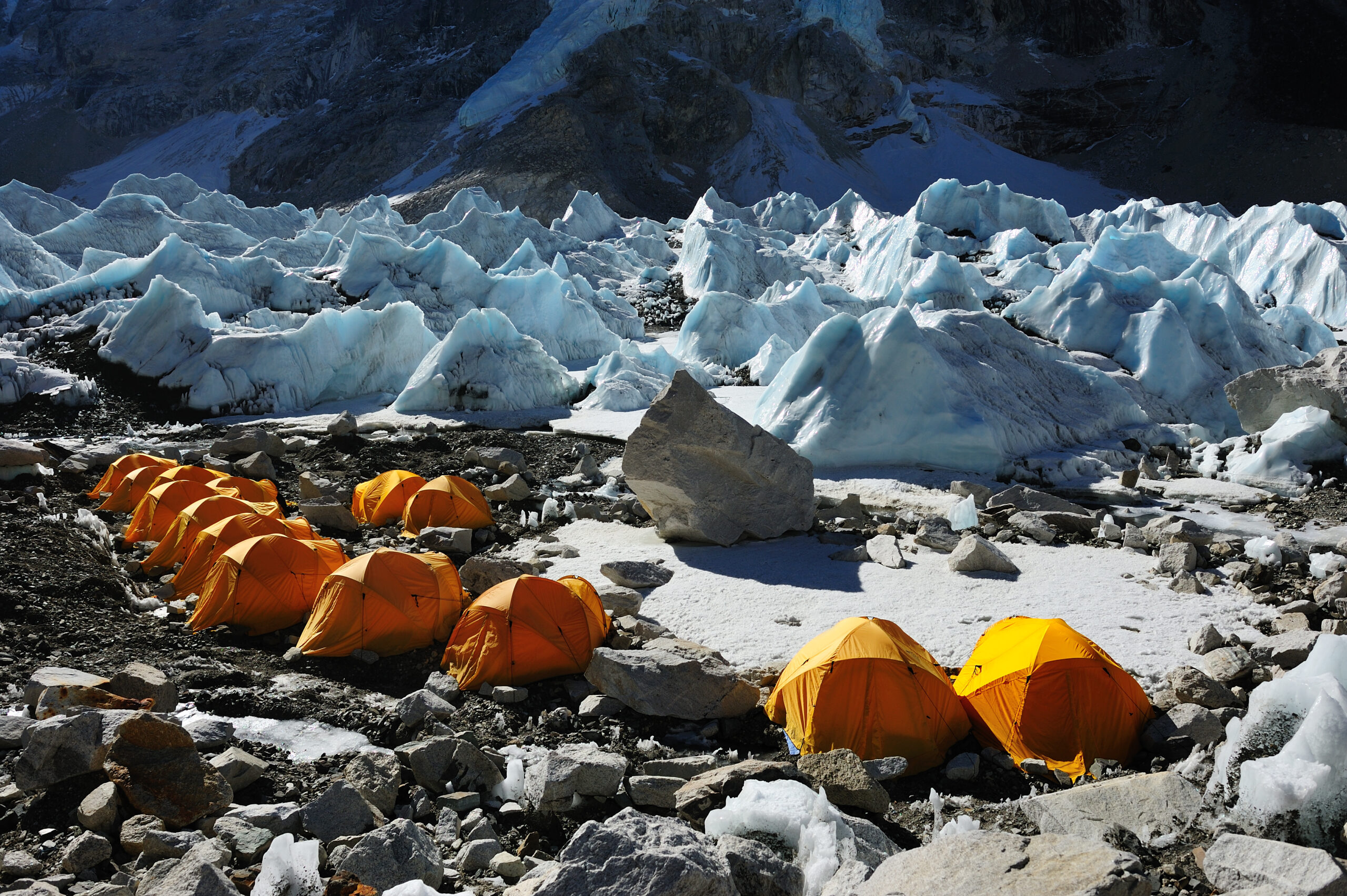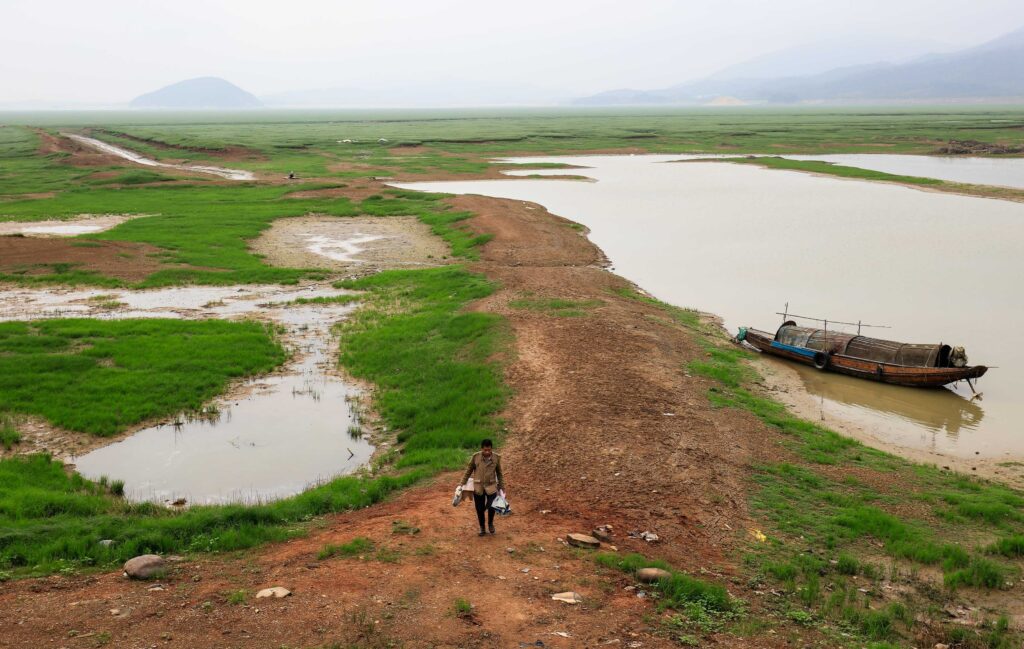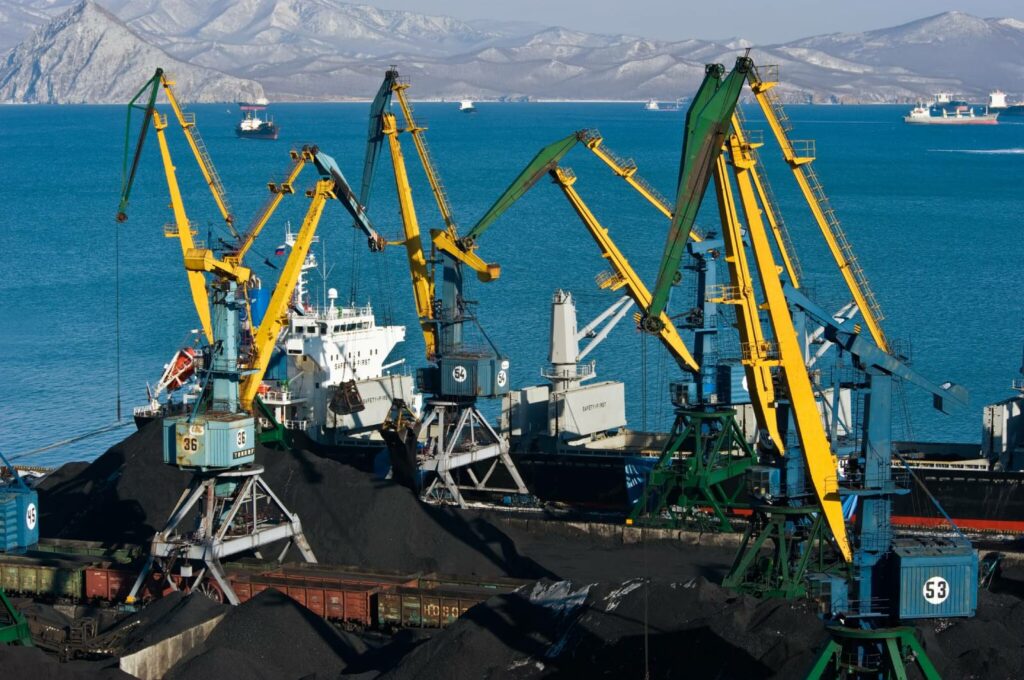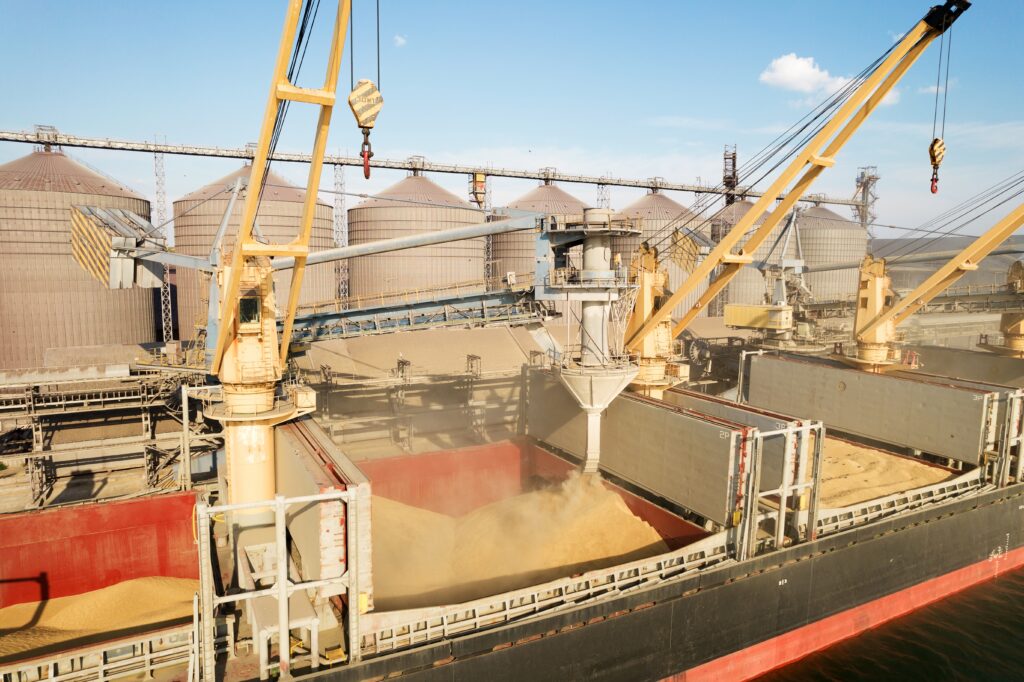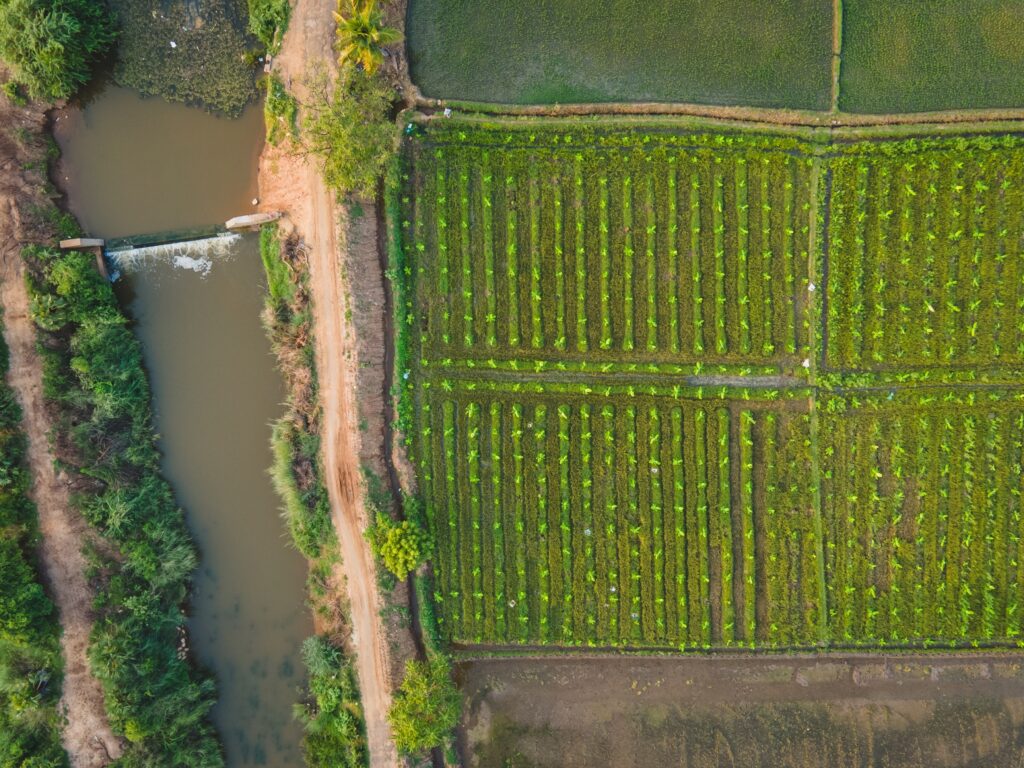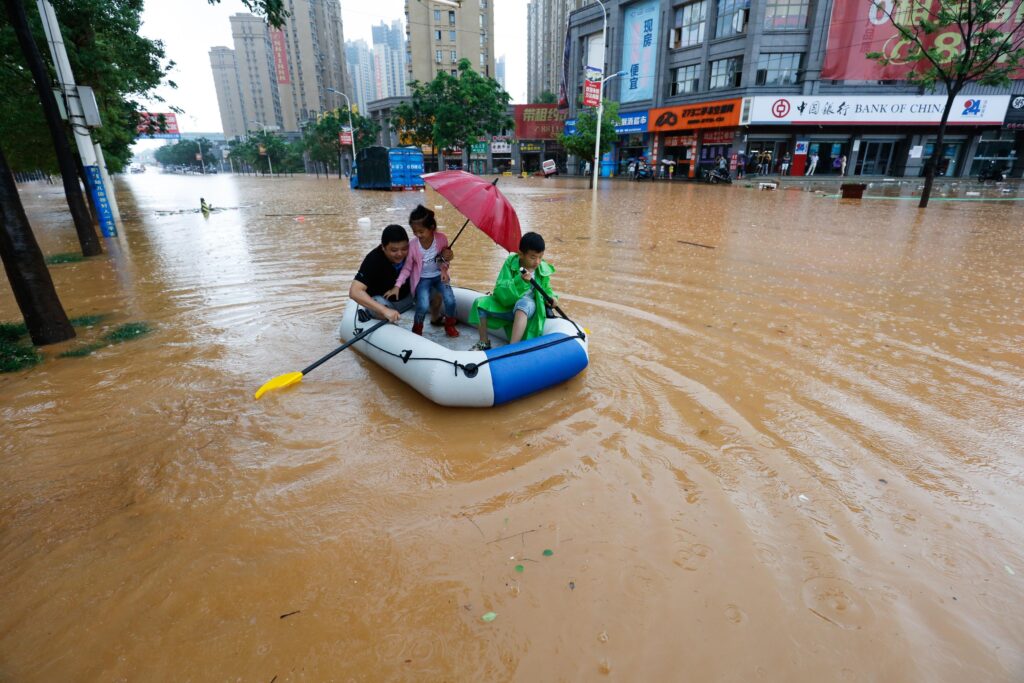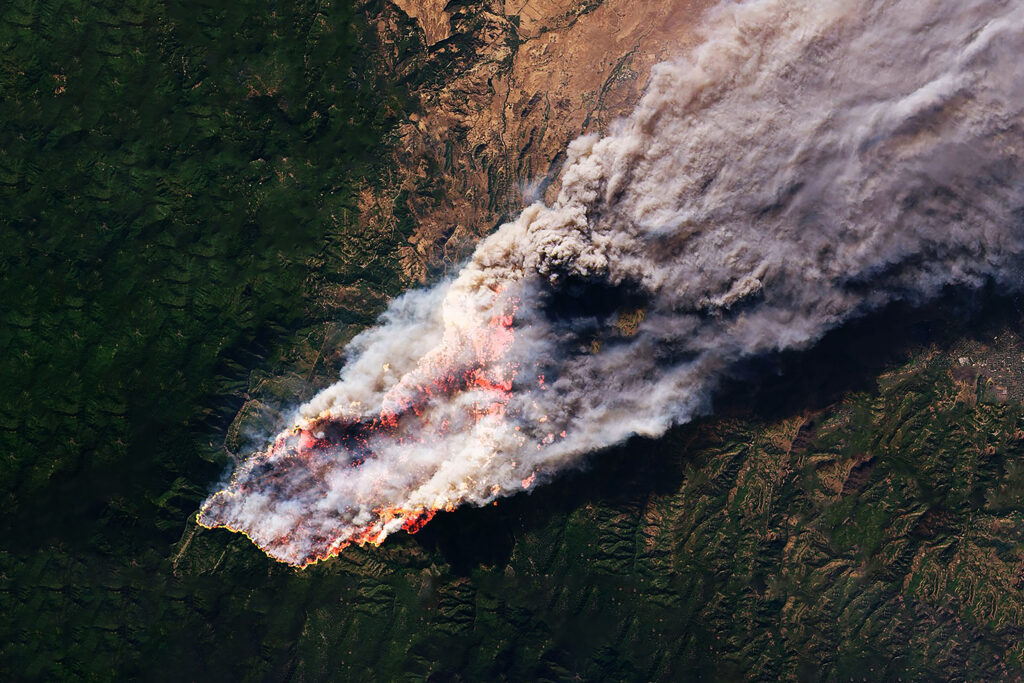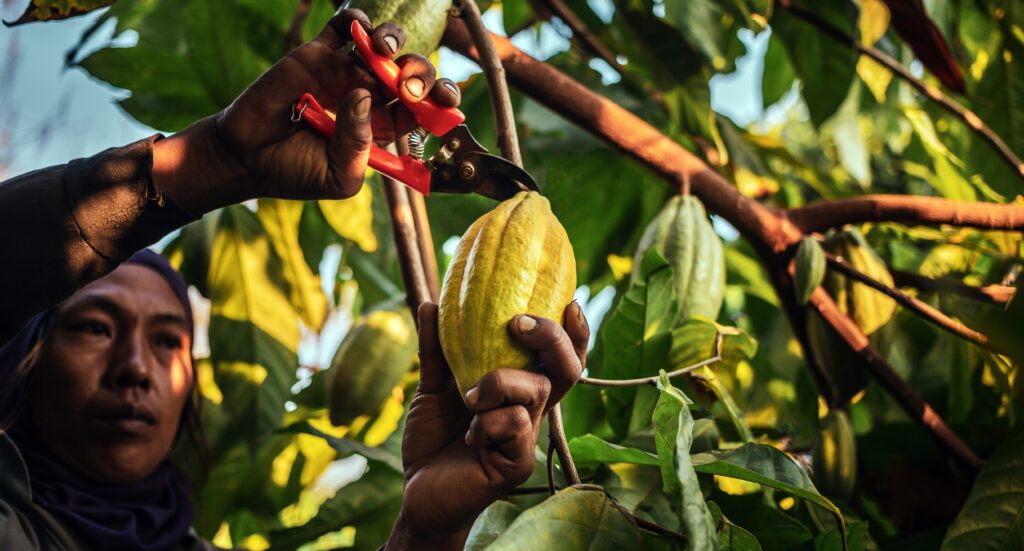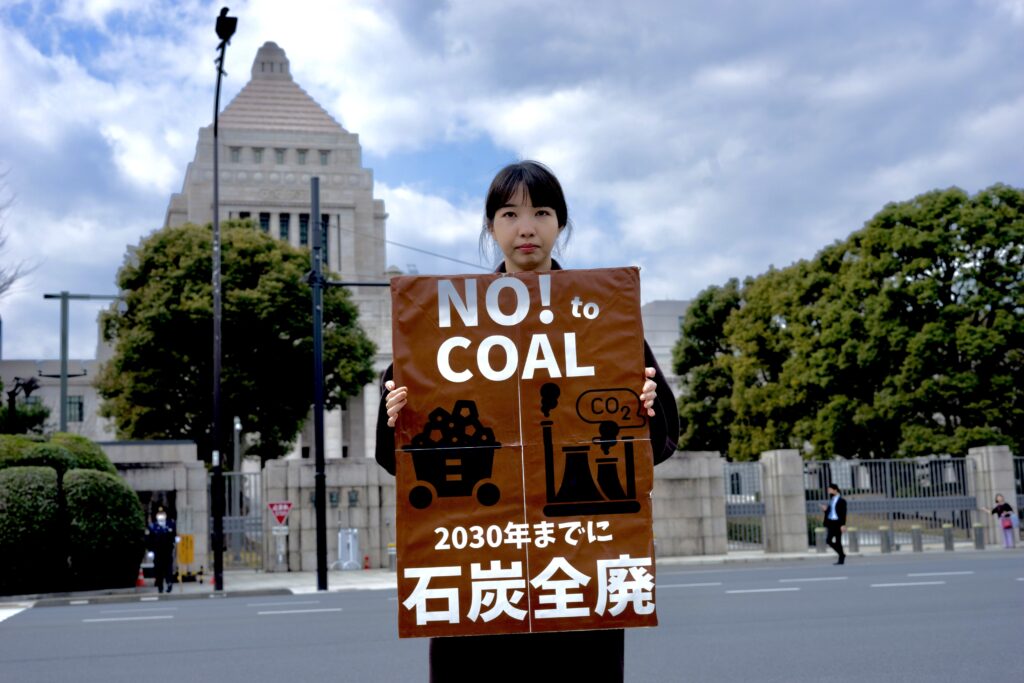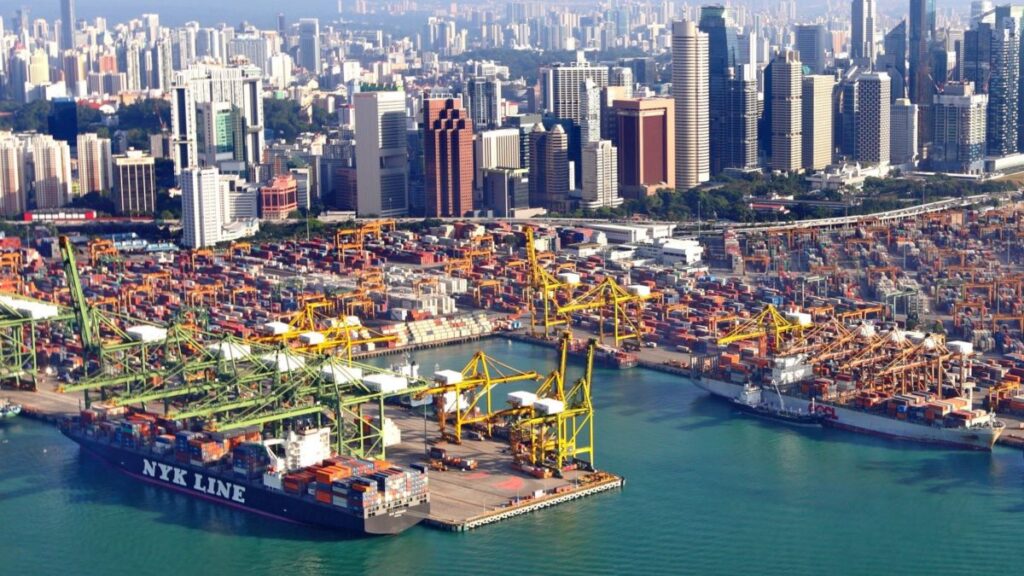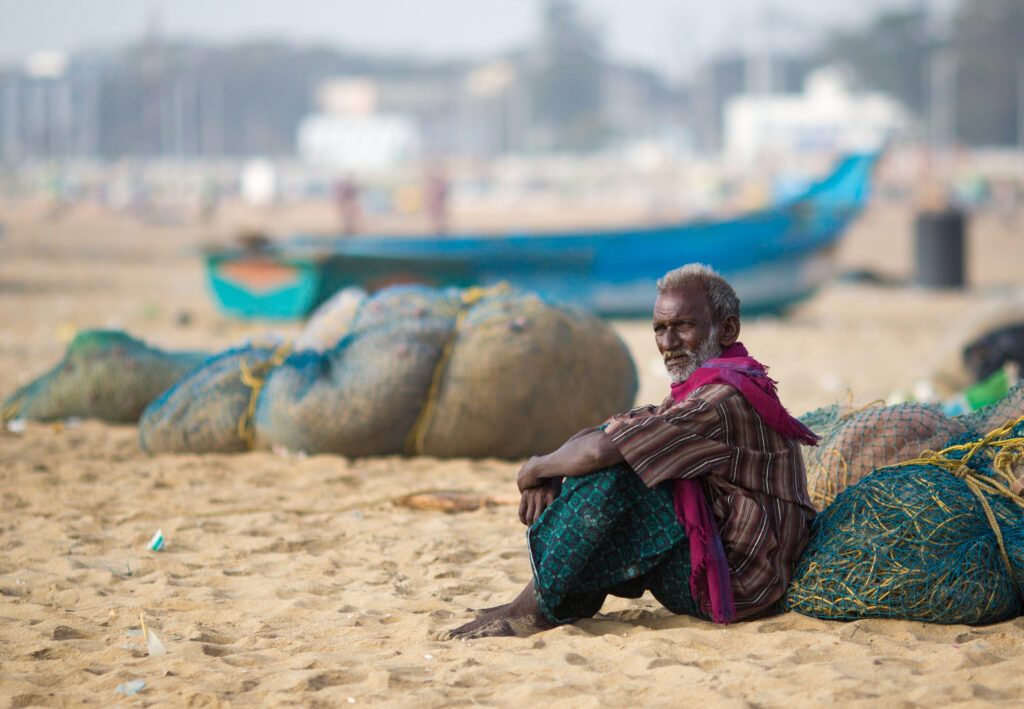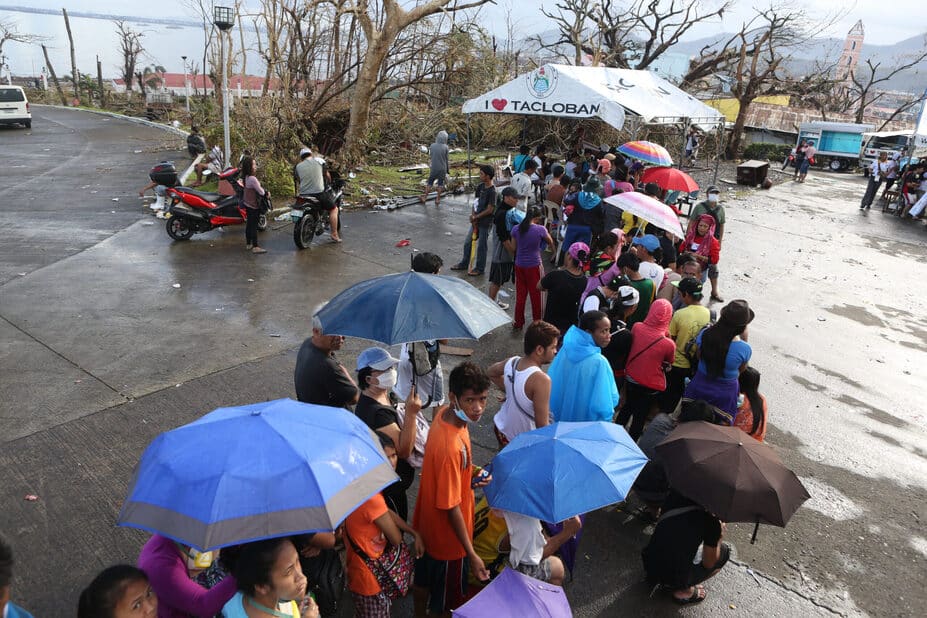Last chance tourism is a term used to describe travel to destinations that may soon be affected by climate change, natural disasters or human development. It refers to the idea that these destinations are experiencing changes and may not exist in their current form for much longer. Last chance tourism is also known as ‘doom tourism’ or ‘disaster tourism’.
Climate change has preoccupied scientists who have studied it for decades. But, as the conversation has become progressively more mainstream in the last few years, so does the interest in witnessing climate change’s effects first-hand – colloquially known as “last chance tourism”.
Last Chance Tourism Destination Examples
Tour operators and travel companies have been quick to jump on this marketing opportunity. They have turned destinations such as the Arctic and the Antarctic, previously accessible only to scientists and explorers on well-funded expeditions, into mass tourism destinations thanks to increasingly affordable cruise tours.
Other popular “vanishing” last chance travel destinations include Australia’s dying Great Barrier Reef, the endangered Amazon Rainforest and the melting glaciers of the Himalayas. The international tourism industry often sells these as “last chance” or “see-them-before-they-disappear” endangered destinations to climate-conscious travellers.
A Massive Carbon Footprint on Antarctica
Visitor data from the International Association of Antarctica Tour Operators (IAATO), whose membership is voluntary, shows that Antarctic tourism has seen a spike in the last decade, reaching a peak of more than 74,000 visitors in 2019-20. 36% of those visitors, by far the largest number, were from the United States.
Those journeys tend to come with disproportionately large carbon footprints due to the large number of tourists visiting. One study estimates that the carbon emissions per passenger trip for a shipborne journey to the Antarctic can fluctuate between 3.2 and 4.1 tonnes. In comparison, one person living in the advanced economies of the European Union is estimated to produce 6 tonnes of CO2 a year on average.
In addition, research has found that an increased human presence on the continent in the last decade has led to the snow melting faster due to the “black carbon footprint” left by fossil fuel and biomass combustion. The carbon darkens the snow and causes it to melt sooner.
“Whereas a lot of industries and sectors have been able to decrease their emissions a bit by now, tourism emissions are still increasing because of the transport component,” Eke Eijgelaar, a senior researcher and lecturer at the Centre for Sustainability, Tourism and Transport at Breda University told Climate Impacts Tracker Asia.
“These kinds of trips will only make the tourism emissions pathway more incompatible with the climate agreements,” Eijgelaar added.
In the latest report by the United Nations’ Intergovernmental Panel on Climate Change, scientists warn that the “window of opportunity to secure a liveable and sustainable future for all” is “rapidly closing”. Moreover, it stated that the Paris Agreement’s goal to limit global warming to 1.5°C above pre-industrial levels is almost – but not entirely – out of reach. The Antarctic is warming three times faster than other regions, and with glaciers melting faster than they form, sea levels are rising globally. This triggers detrimental effects, both social and economic, which affect coastal local communities around the world.
Attempts at Regulating Tourism
Governments and international institutions have moved to regulate tourism for at-risk places. However, those moves can be complicated by the international nature of the tourism industry and its role in the economy. Antarctica has no government of its own, and human activity on the continent is regulated by the Atlantic Treaty system. Meanwhile, tourism is managed by the voluntary IAATO tour operator association.
While some regulations have been introduced, such as banning ships with more than 500 people on board from landing in Antarctica, visitor numbers remain high.
“I still see quite a lot of attention in the travel world far for this argument of visiting places because they will disappear,” Eijgelaar said.
“In this sense, you would have to have very strong regulations like a cap on the number of people [allowed to visit] if you really want to limit travel and travel emissions,” he continued.
“But in a lot of [cases,] there are simply too many stakeholders that do not want to see numbers going down.”
Last Chance Travel and Long-term Damage to the Tourism Industry
On the other hand, policymakers also have to grapple with the fact that radical measures have, at times, backfired. A decision by the Uluru-Kata Tjuta National Park in Australia to ban tourists from climbing its sacred monolith led to crowds of tourists dashing to the site just ahead of the ban coming into effect in 2019.
In 2016, researchers found that nearly 70% of visitors to Australia’s Great Barrier Reef defined themselves as “strongly motivated” to see it “before it’s gone”.
They also found that those looking for that “last chance tourism experience” were simultaneously more likely to be concerned about the health of the reef and the effects of coral bleaching and the climate crisis. However, the research also paradoxically shows that tourists do not tend to see their own presence as damaging. Encouraging sustainable tourism is the answer.
Ultimately, the dash to promote last chance tourism destinations can be a double-edged sword for the industry.
“There are opportunities to maintain a certain high volume of tourists and still lower emissions by, for example, promoting your destination less to visitors from faraway continents,” Eijgelaar argues.
“We really need to start thinking differently about putting economic arguments first if we want to save some of these destinations for future generations,” Eijgelaar says. “You’re also talking about tourism resources that you are destroying yourself. It’s short-term thinking.”
Ylenia Gostoli
Journalist, Istanbul
Ylenia is a reporter and news editor. She has covered politics, social change and conflict across the Middle East and Europe. Ylenia has worked for and written for several international publications, including DW, Al Jazeera, Foreign Policy, New Humanitarian, NPR and many others. Her work on refugees, migration and human trafficking has won awards and grants.
Ylenia is a reporter and news editor. She has covered politics, social change and conflict across the Middle East and Europe. Ylenia has worked for and written for several international publications, including DW, Al Jazeera, Foreign Policy, New Humanitarian, NPR and many others. Her work on refugees, migration and human trafficking has won awards and grants.

